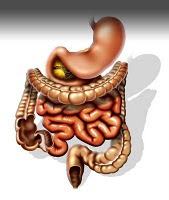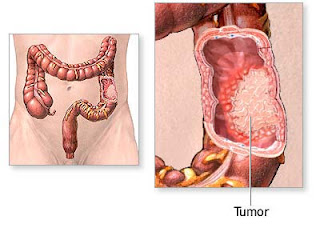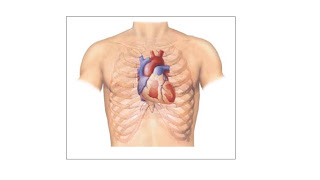 Nursing Diagnosis for Stroke : Impaired Verbal Communication
Nursing Diagnosis for Stroke : Impaired Verbal CommunicationA stroke is a medical emergency that occurs when the blood flow to the brain is interrupted. This typically occurs when a blood clot blocks the flow of blood, thereby preventing the brain from getting the oxygen that it needs. Without oxygen, the brain cannot function properly and could be permanently damaged.
Stroke are the third leading cause of death in the United States. Even if you don't die, strokes are one of the causes of brain damage.
Stroke may cause language and speech problems, abnormally slow and cautious behavior, problems judging distances, impaired judgment and behavior, short-term memory loss and other memory problems, balance problems, and more. Therefore, it is extremely important that everyone know about the symptoms of strokes. If caught early, brain damage treatment can take place and the stroke victim can live an ordinary life.
There are many different symptoms that a person may suddenly experience if he or she is having a stroke. Every person may experience slightly different symptoms, but what makes stroke signs stand out is that the symptoms occur suddenly and are easily spotted by others. If you notice a sudden onset of any of the following, be sure to seek emergency treatment as soon as possible:
Numbness or weakness, especially on one side of the body
- Slurring of speech
- Disorientation or confusion
- Loss of balance or trouble walking
- Severe headache
The Risk Factors
1. Age
Human aging is the biological process that is unavoidable but controllable. Starting at age 40, the cells in our body begin this process causing the deterioration of some functions of our body. Most people of this age group already have some form of cholesterol building up in their arteries and high blood pressure resulting in an increased risk of stroke.
2. Heredity
People with a family history of stroke have a greater chance of stroke than those do not have such a family history.
3. Race
Because of frequent high blood pressure in African Americans, they have a significantly higher risk of stroke than their Caucasian counterparts.
4. High blood pressure
High blood pressure causes hardening and thinning of arterial walls and makes our heart work harder to pump blood throughout our body resulting in heart diseases as well as increasing the risk of stroke.
5. Excessive alcohol consumption
Drinking one cup of wine for women and 2 cups of wine for men might help to increase the circulation of blood as well as providing more oxygen for cells. However, excessive drinking not only damages the normal function of liver but also raises high blood pressure, increasing the risk of stroke.
6. Diabetes
Diabetes with unhealthy diet causes high levels of glucose in the bloodstream. Diabetics have a greater risk of stroke, because high levels of glucose damage the arterial wall as well as clotting the arteries and blood vessels.
7. Gender
Males have a 20% greater risk of stroke than females.
8. Smoking
Smokers may be exposed to toxic cadmium, causing high blood pressure and heart diseases as well as contributing to a higher risk of stroke.
Nursing Diagnosis for Stroke: Impaired Verbal Communication related to damage to the cerebral circulation neuromuscular damage, loss of muscle tone / control muscle fascia / oral weakness / general fatigue.
Expected outcomes are:- Indicate an understanding of communication problems.
- Creating a communication method which needs to be expressed.
- Using the resources appropriately.
Nursing Interventions for Stroke: Impaired Verbal Communication1. Assess the functional type as the patient does not seem to understand the words or have difficulty speaking / making sense of their own.
Rational: To help determine the areas and degree of cerebral damage and the difficulty that occurs in several stages of the communication process.
2. Ask the patient to write a name or short sentences.
Rational: Assess the ability to write and correct deficiencies in reading, which is also part of the sensory aphasia and motor aphasia.
3. Provide alternative methods of communication. Ex: write on the board and give visual clues.
Rational: Provides communication of needs based on the state / the underlying deficit.
4. Anticipate and meet the needs of patients.
Rational: Beneficial reduce frustration.
5. Collaboration on a speech therapist.
Rational: Serves to identify needs therapy.
 Intestinal Obstruction is complete or partial blockage in the intestines. This blockage prevents the solids, fluids and the gases from moving from the intestines normally. The obstruction may occur either in the small intestine or large intestine. Blockage of bowel may trouble you a lot if not taken care properly. A complete intestinal obstruction may cause complete absence of gas or stool. Partial blockage may cause diarrhea.
Intestinal Obstruction is complete or partial blockage in the intestines. This blockage prevents the solids, fluids and the gases from moving from the intestines normally. The obstruction may occur either in the small intestine or large intestine. Blockage of bowel may trouble you a lot if not taken care properly. A complete intestinal obstruction may cause complete absence of gas or stool. Partial blockage may cause diarrhea.







